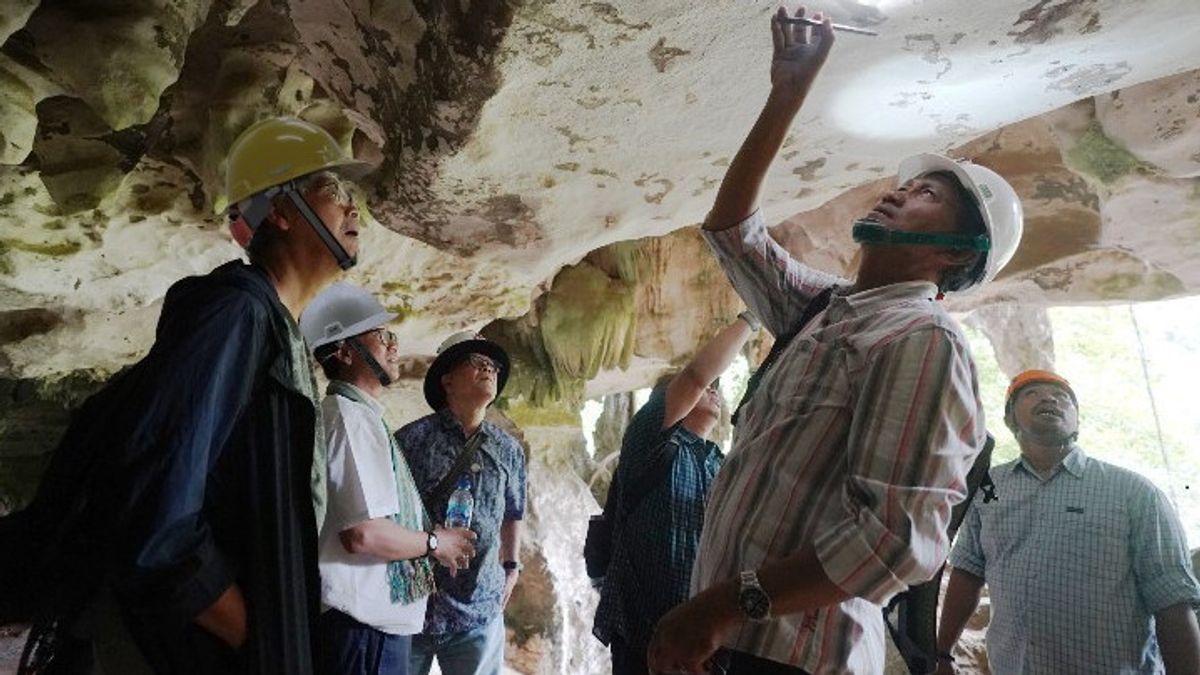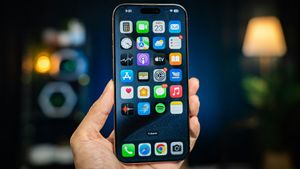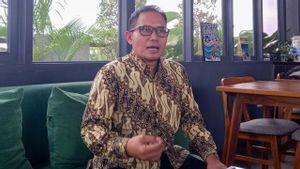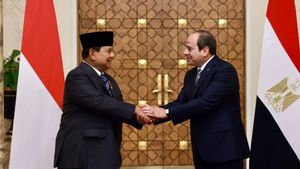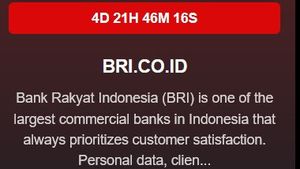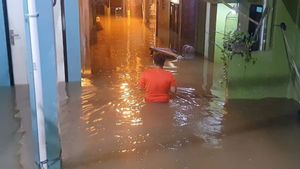JAKARTA - The step of PT Semen Indonesia (Persero) Tbk (SIG) in conservation of archaeological and cultural heritage in Bulu Sipong IV, Pangkep, South Sulawesi, received positive appreciation and response from the SPAFA International Conference on Southeast Asian Archaeology and Fine Arts (SPAFACON) 2024.
SPAFACON is an international forum to share and renew archaeological and artistic knowledge in Southeast Asia. This annual agenda is organized by the Regional Archaeological and Art Center, the Organization of the Minister of Southeast Asia Education (SEAMEO SPAFA). In 2024, the SPAFACON will last for five days on 10-14 June 2024, in Bangkok, Thailand.
Senior Specialist in Archaeology and Head of the Organizing Team of SPAFACON, Dr. Noel Hidalgo Tan said, as a company, SIG has shown high concern for archaeological sites and cultural heritage in the Southeast Asia region. One of these concerns is evidenced by the release of a Cultural Heritage Management Plan (CHMP) document on prehistoric sites in Sipong IV Bulu.
"We really appreciate SIG's concern in the protection and management of archaeological sites in the AsiaTenggara region, as well as gratitude for its participation in the 2024 SPAFACON. SIG is an example of a few companies that play an active role in efforts to conserve archaeological sites. We hope that GIS's concern can be imitated by other companies in Indonesia and in the Southeast Asia region," said Dr. Noel Hidalgo Tan, in his statement, Saturday, July 6.
UNHAS academic, Dr Yadi Mulyadi said, Karst Maros-Pangkep in South Sulawesi is rich in rock art sites that are known as the oldest cave paintings in the world. In the karst tower there are many natural shelters or protections made from rocks with images of animals and humans over 40,000 years old. The surrounding area also has sites that store ancient stone-made equipment.
Based on the results of research conducted by PT Semen Tonasa together with the Center for Conservation of Cultural Conservation of South Sulawesi (now the XIX Region Cultural Preservation Center) and the Maros-Pangkep Geopark Management Agency in 2018, it was found that several prehistoric sites were in the clay mining concession managed by a subsidiary of SIG, PT Semen Tonasa.
SVP Sustainability Office SIG, behind Daunan explained, as a company that has a commitment to sustainable development, PT Semen Tonasa on a recommendation from SIG, has designated the Sipong Bulu area covering an area of 31.64 hectares or 11.3 percent of the total mining area of 280 hectares as a conservation area. In the management of Sipong Bulu, PT Semen Tonasa actively collaborates with the XIX Region Cultural Preservation Center.
Efforts have been made in the management of Bulu Sipong, including by periodic monitoring of vibrations and ambient air by third parties. As a result, the value of vibrations is maintained below the national standard for cultural heritage buildings, as well as the quality of ambient air around the site which is also maintained according to the standards of the Ministry of Environment.
The company also conducts 1,800 meter long road casting and regular watering of mining roads to reduce dust, educate employees and the surrounding community about the importance of preserving prehistoric sites to ensure the safety of the site. The company has installed signs, and restrictions on access by installing a 1,900 meter long fence, as well as revegation in conservation areas.
Since 2018 until now, PT Semen Tonasa has collaborated with the Management Agency of the UNESCO Global Geopark Maros-Pangkep through planting 409 endemic plants and a total of 863 plants to increase the diversity of flora in Taman Kehati, including ebony (diospyros celebica), nailwood (sedicopsis mooniana), and bitti (vitex cofassus) which are local endemic plants. Then there are also a variety of fruit plants such as oranges, mangoes, coconuts, rambutan, avocado, durian and sawo.
Dahan added, to maximize management efforts, PT Semen Tonasa released a CHMP or study document detailing the right policies in terms of managing cultural heritage, both tangible and intangible heritage, so that the culture value of the area can still be maintained in the future.
CHMP will serve as a guide for managing cultural heritage owned by the Company, including Bulu Sipong which is a cultural heritage site, so that it can be managed properly in a sustainable manner while still considering existing cultural values.
CHMP was established through a series of literature research results, Focus Group Discussion (FGD) and field observations involving the UNESCO Global Geopark Management Agency Maros-Pangkep, the Institute for Community Research and Service (LPPM) Hasanuddin University, the Cultural Preservation Center (BPK) Region XIX, archaeological experts, anthropology, geology, biodiversity, tourism as well as various other stakeholders. A series of FGDs with the community were carried out as an effort to further explore the archaeological potential and history contained within the PT Semen Tonasa concession area as well as plans for future company development.
SIG's Corporate Secretary, Vita Mahreyni said that CHMP is proof of the seriousness of SIG and PT Semen Tonasa in preserving archaeological and cultural heritage in the Company's operational areas.
"SIG hopes that the Bulu Sipong site can become a means of education and help promote history and culture to the wider community," said Vita Mahreyni.
The English, Chinese, Japanese, Arabic, and French versions are automatically generated by the AI. So there may still be inaccuracies in translating, please always see Indonesian as our main language. (system supported by DigitalSiber.id)
